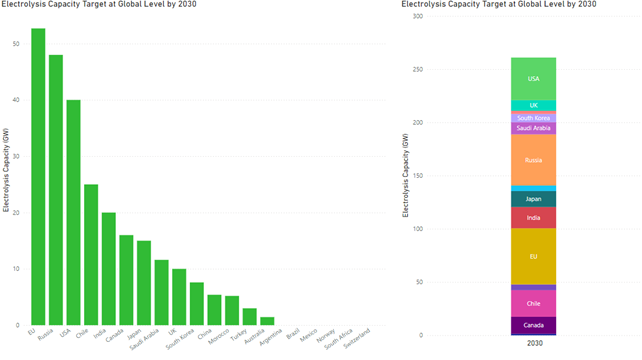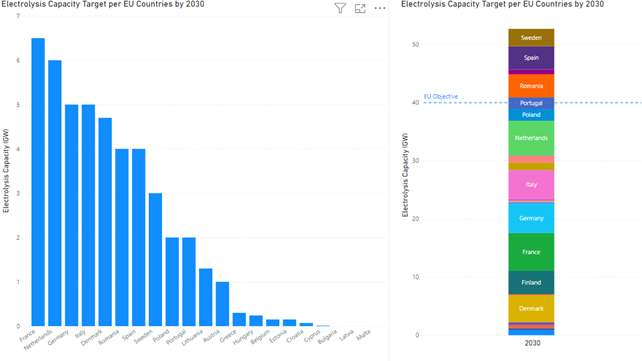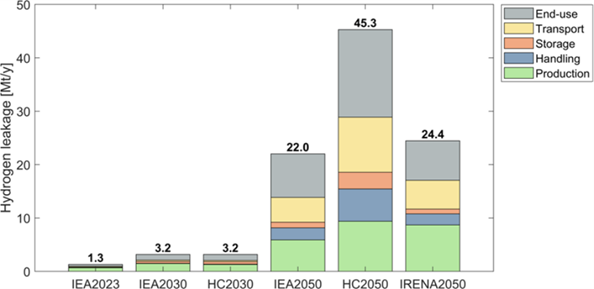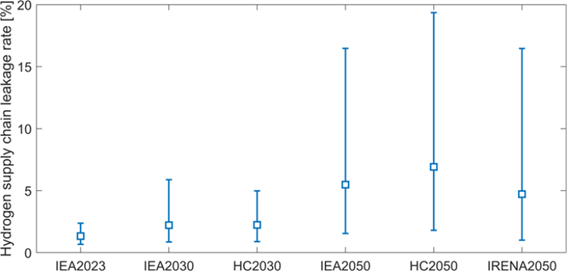Main Outputs

State-of-the-art knowledge on H2 policies, market analysis, and emissions estimation
Policy analysis and hydrogen targets
Partner: Technology Centre Cartif
Hydrogen is becoming a key pillar of Europe’s decarbonisation strategy, with governments and institutions setting ambitious targets and creating new regulations to accelerate its adoption. To better understand this fast-evolving landscape, CARTIF led the task related to the promotion of the policies to provide incentives, which mapped and compared hydrogen-related policies at European, national, and global level.


The work provided:
- A consolidated review of hydrogen policies and strategies across different regions.
- A harmonised classification system to compare policies by sector (e.g. industry, transport), by stage of the hydrogen value chain (production, transport, storage, supply), and by type of instrument (regulatory, economic, research, or voluntary).
- A Key Performance Indicator (KPI) framework to translate policy targets into measurable data for modelling and scenario building in HYDRA.
Some of the key insights include:
- The EU aims to install 40 GW of electrolysers by 2030, supported by the Hydrogen Strategy and REPowerEU, which also sets a combined goal of 10 Mt domestic + 10 Mt imported hydrogen by 2030.
- Policies, such as the Renewable Energy Directive (REDIII) and the ReFuelEU Aviation, establish binding quotas for hydrogen-derived fuels, creating clear demand signals.
- Infrastructure initiatives like the European Hydrogen Backbone foresee around 28,000 km of dedicated pipelines by 2030, with further expansion by 2040.
- Similar ambitions are visible worldwide, with major plans in Chile (25 GW by 2030), India (5 Mt/year by 2030), Japan (15 GW electrolysers by 2030), and the UK (10 GW by 2030).
This analysis highlights not only the scale of hydrogen ambitions but also the enabling conditions needed: from manufacturing capacity and refuelling infrastructure, to permitting rules, funding mechanisms, and sustainability standards. By translating policies into comparable and model-ready evidence, CARTIF’s work ensures that HYDRA’s future scenario modelling and impact assessments rest on a robust and realistic policy foundation.
Analysis of the Hydrogen Value Chain and Leakage Estimates
Partner: Politecnico di Torino (POLITO)
Politecnico di Torino led the activities to determine the State-of-the-art knowledge on H2 policies, market analysis, and emissions estimation, providing a comprehensive picture of the hydrogen value chain and its environmental implications.
The work focused on three main areas:


Key Insight:
Leakages, while often overlooked, can impact climate goals through indirect effects on greenhouse gases. Understanding where and how these occur is essential for safe and sustainable hydrogen adoption.
This work is the basis for HYDRA’s future modeling (WP4) and impact assessments (WP5) and supports the design of advanced leakage detection technologies in WP3.
Scientific Output:
These results are detailed in the paper:
“Hydrogen leakages across the supply chain: Current estimates and future scenarios”, published in the International Journal of Hydrogen Energy (Elsevier), July 2025. Read the article here.


